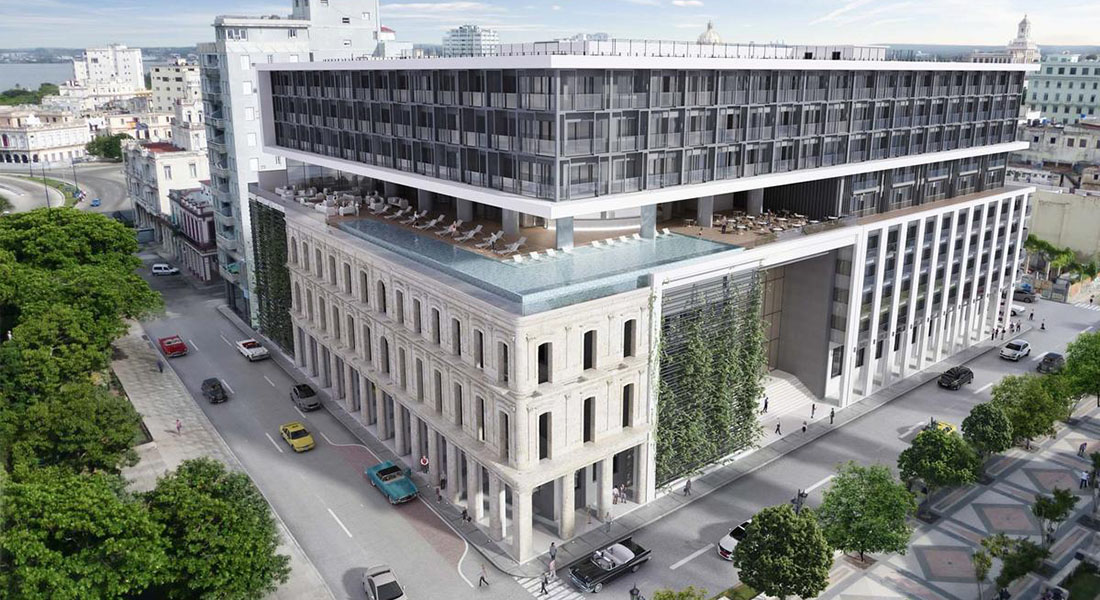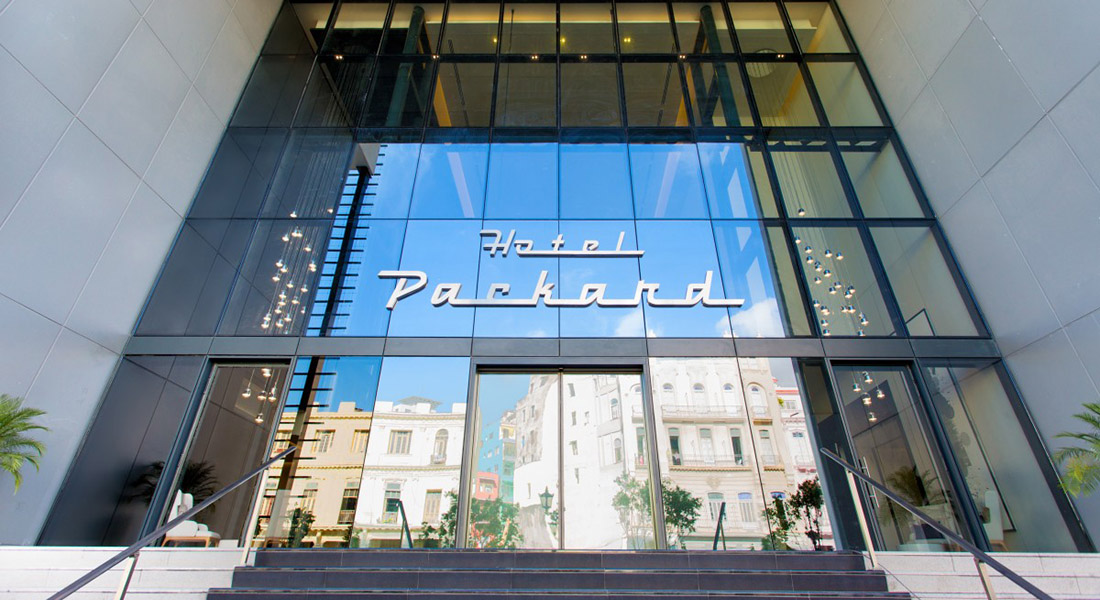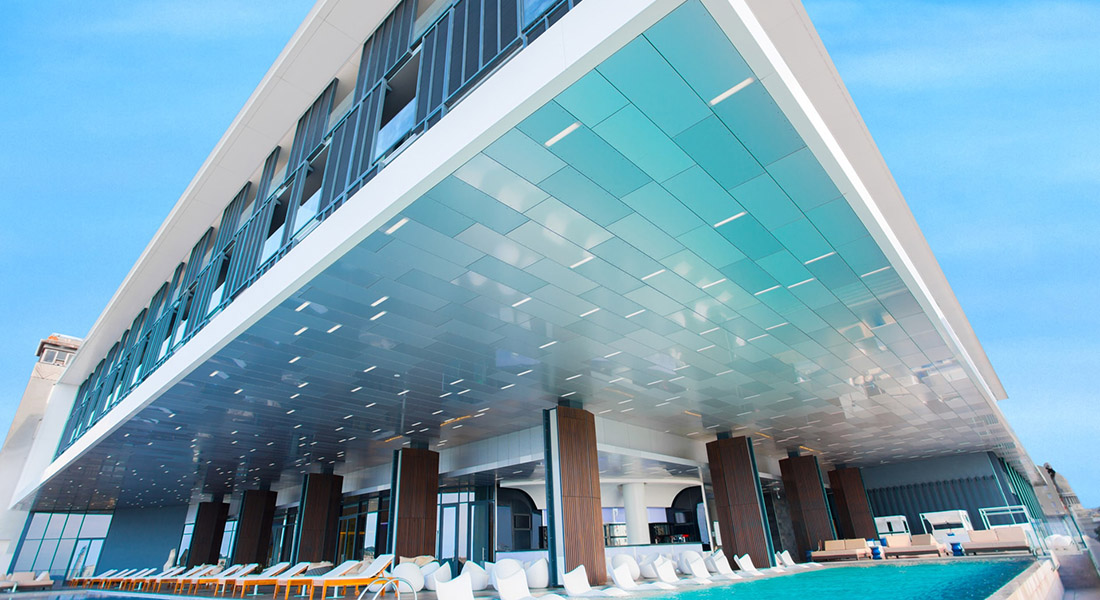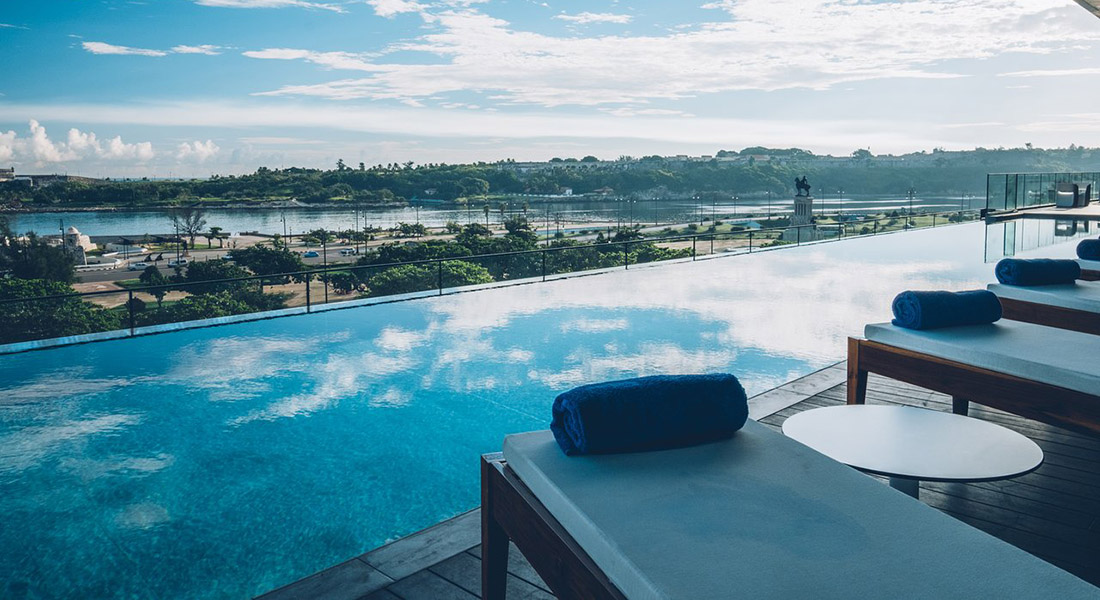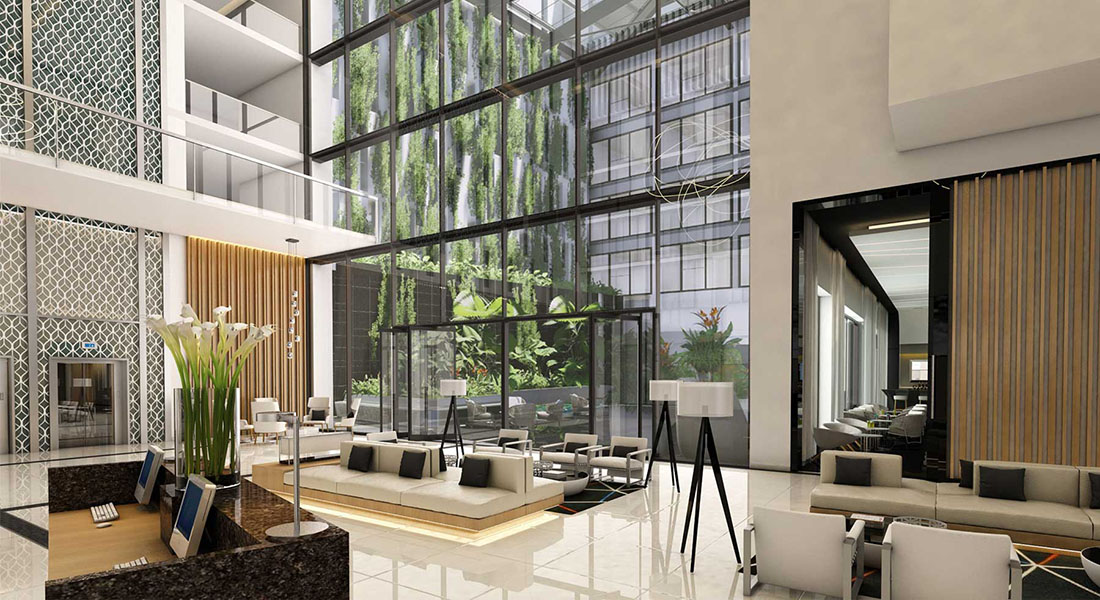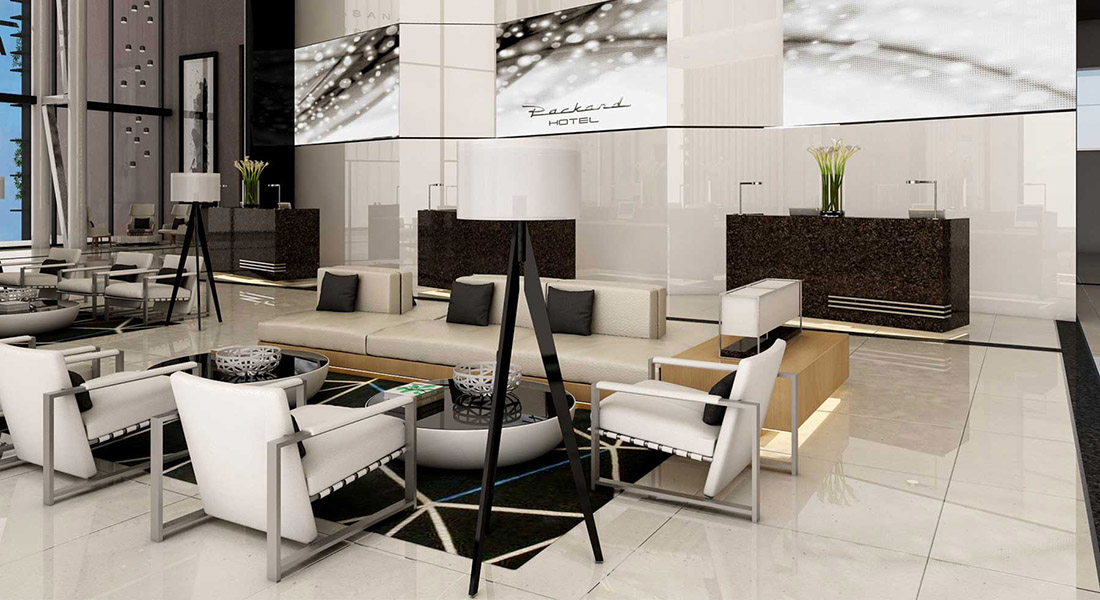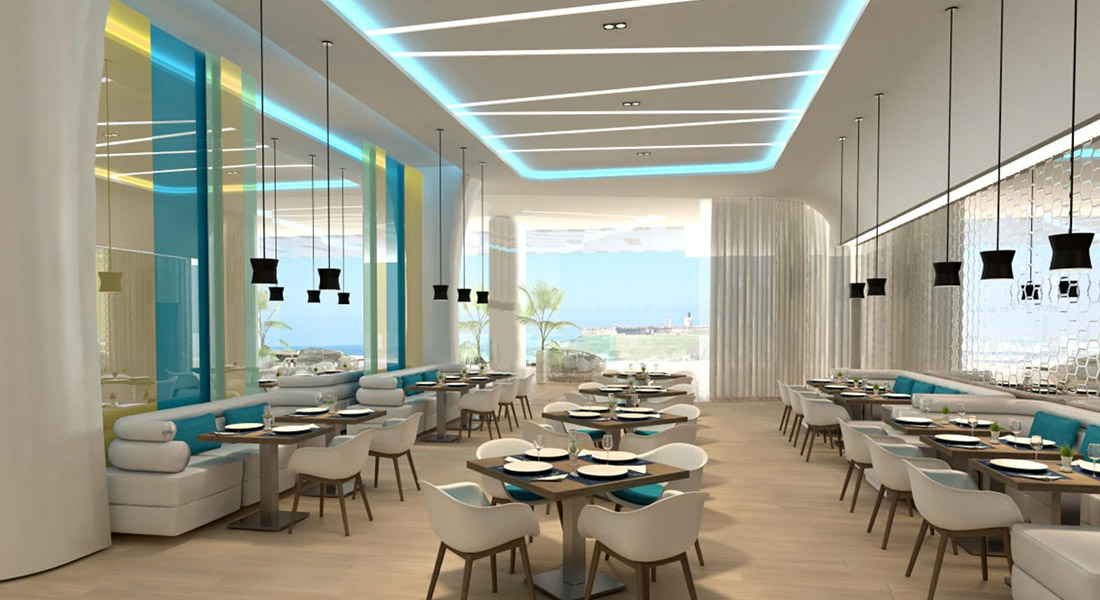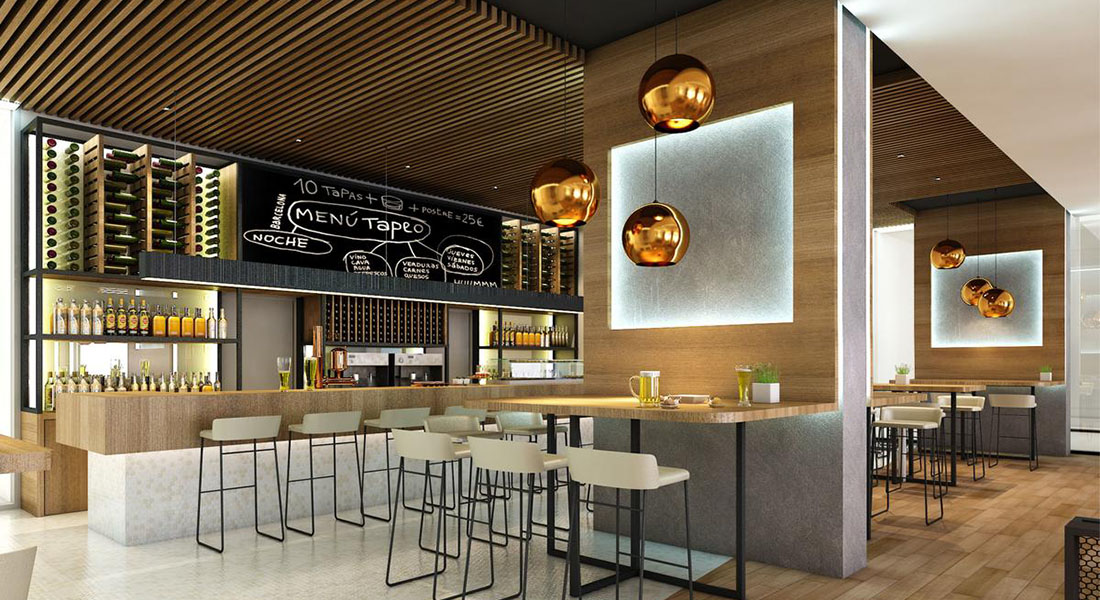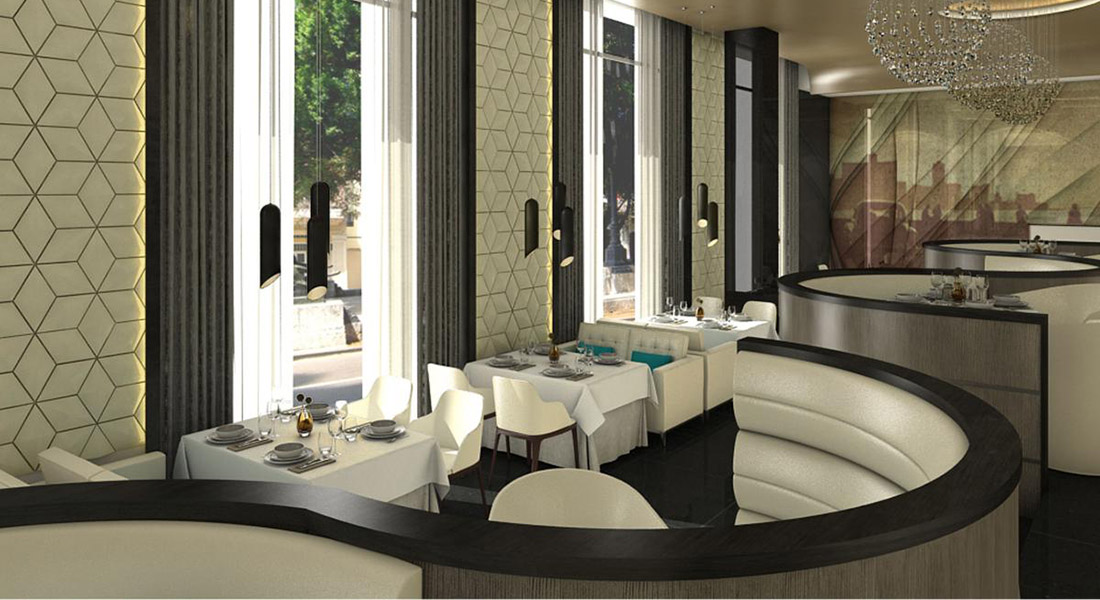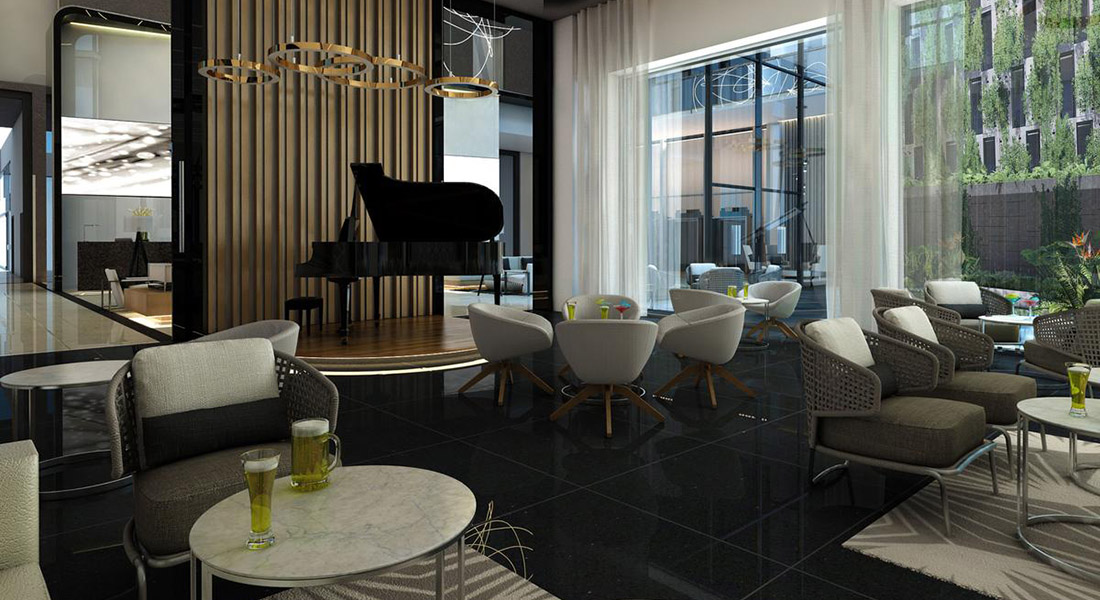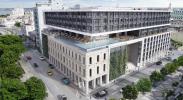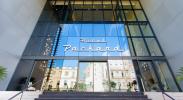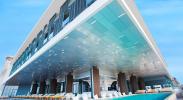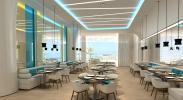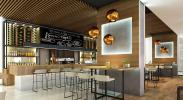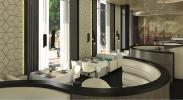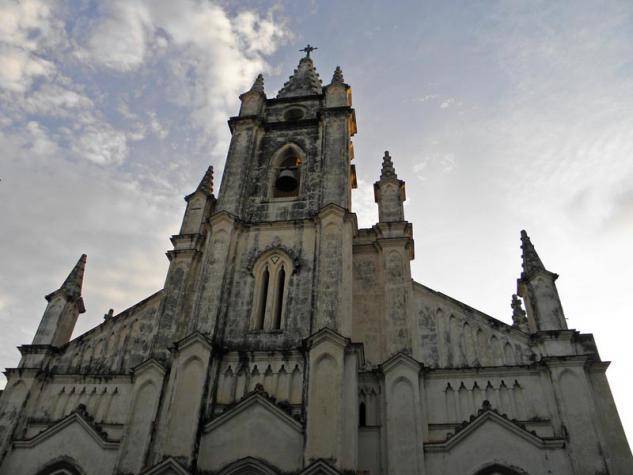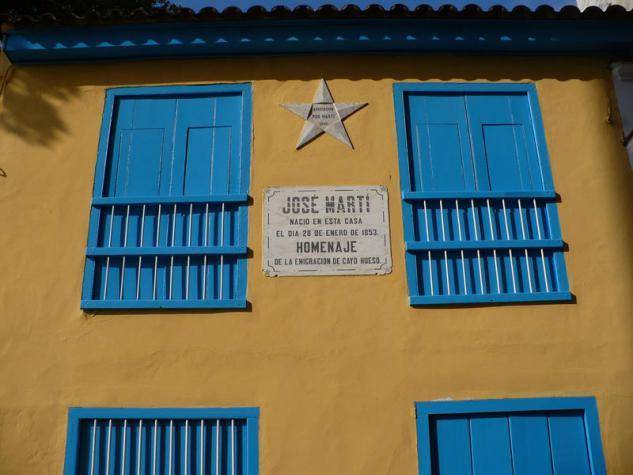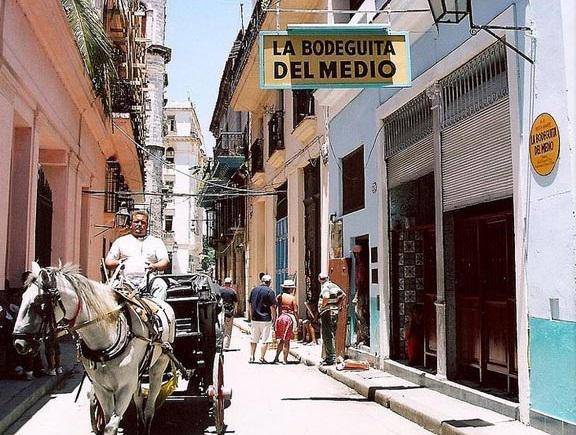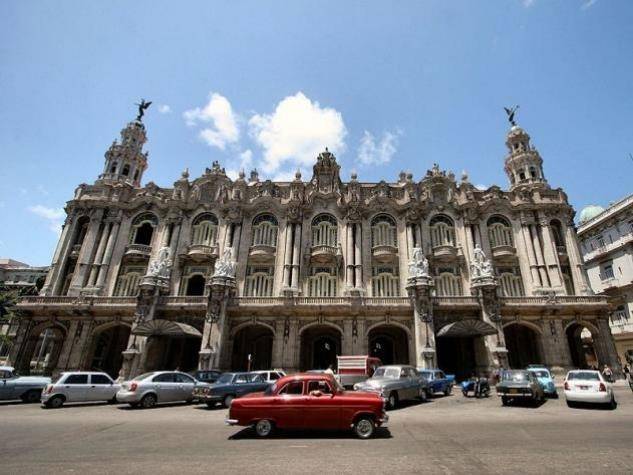
Gran Teatro de La Habana
The Gran Teatro de La Habana Alicia Alonso (Great Theatre of Havana Alicia Alonso) is one of the architectural jewelry of Havana. It has an incredible neo-baroque façade with the signature of the Belgian architect Paul Belau. Located in a building known as the Galician Centre of Havana, it was inaugurated in 1915 and at the beginnings it was named Tacón Theatre. Not only in its façade there are evidences of its exquisiteness, but also its indoors halls show the luxury and elegance of the time. Its stages have shown the better artistic representations of all times, with outstanding personalities during its history (Sara Bernhardth, Enrico Caruso, Alicia Alonso) The theatre has been home to the Cuban National Ballet and, the main stage of the International Ballet Festival of Havana. Its facilities include theatres, a concert hall, conference rooms, and a video screening room, as well as an art gallery, a choral centre, and several rehearsal halls for danzarias groups and dance companies.

